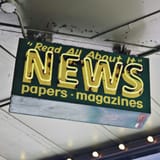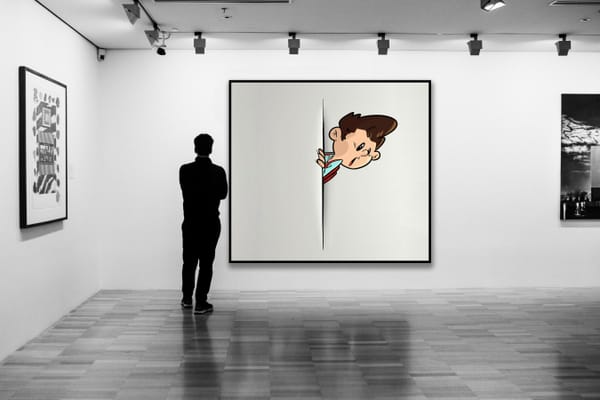Ice Age Art in Bradford: What the Oldest Artworks Still Tell Us
Bradford’s Ice Age Art Now exhibition brings back the earliest proof that art was never extra—It was essential.
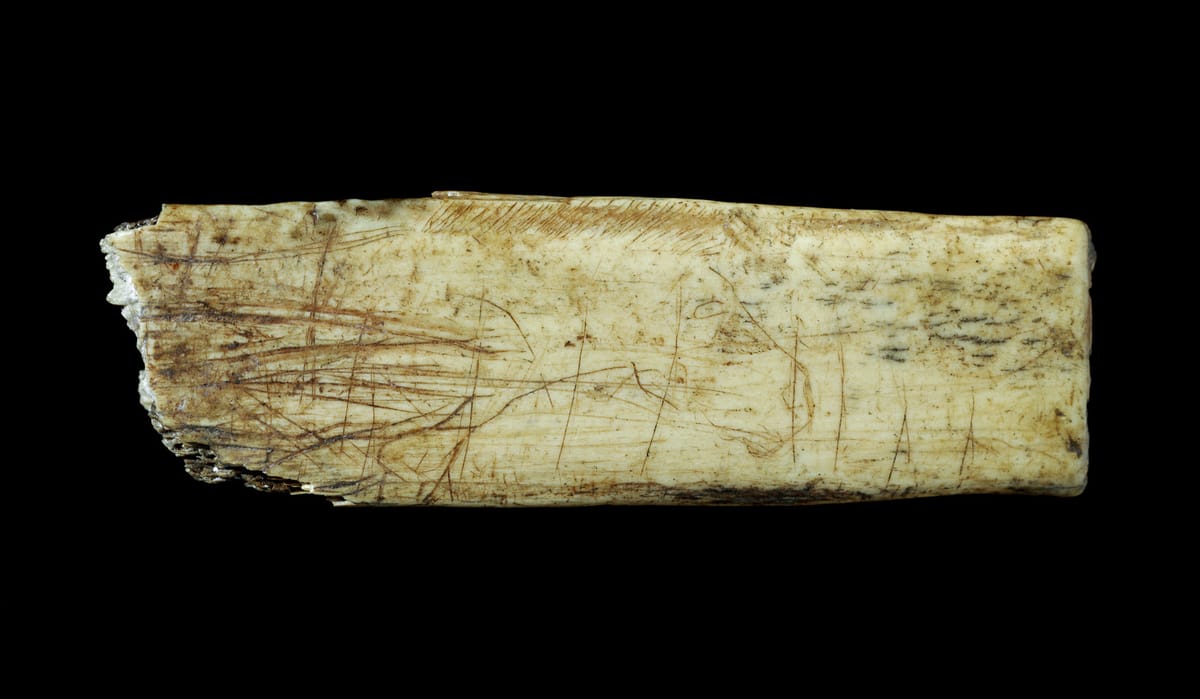
They carved because they had nothing else. Not oil. Not gold. Not data. Just stone, bone, and time. And from that—they made art. Not as ornament. But as survival.
This summer, Bradford will become home to some of the oldest artworks ever made—pieces created between 24,000 and 12,000 years ago, during the final thaw of the Ice Age. The exhibition, Ice Age Art Now, opens 21 June at Cliffe Castle Museum as part of Bradford 2025’s City of Culture programme, in partnership with the British Museum.
And what’s arriving isn’t just history. It’s everything we’ve forgotten about why we create.
A horse, carved into a rib bone, then violently scratched out.
A reindeer, drawn in blood-red ochre.
A wolverine pendant, suspended from a hunter’s chest.
A flint blade, impossibly elegant, never used.
These are not tools. These are proofs—of imagination, of memory, of presence. They are as much about psychology as survival.
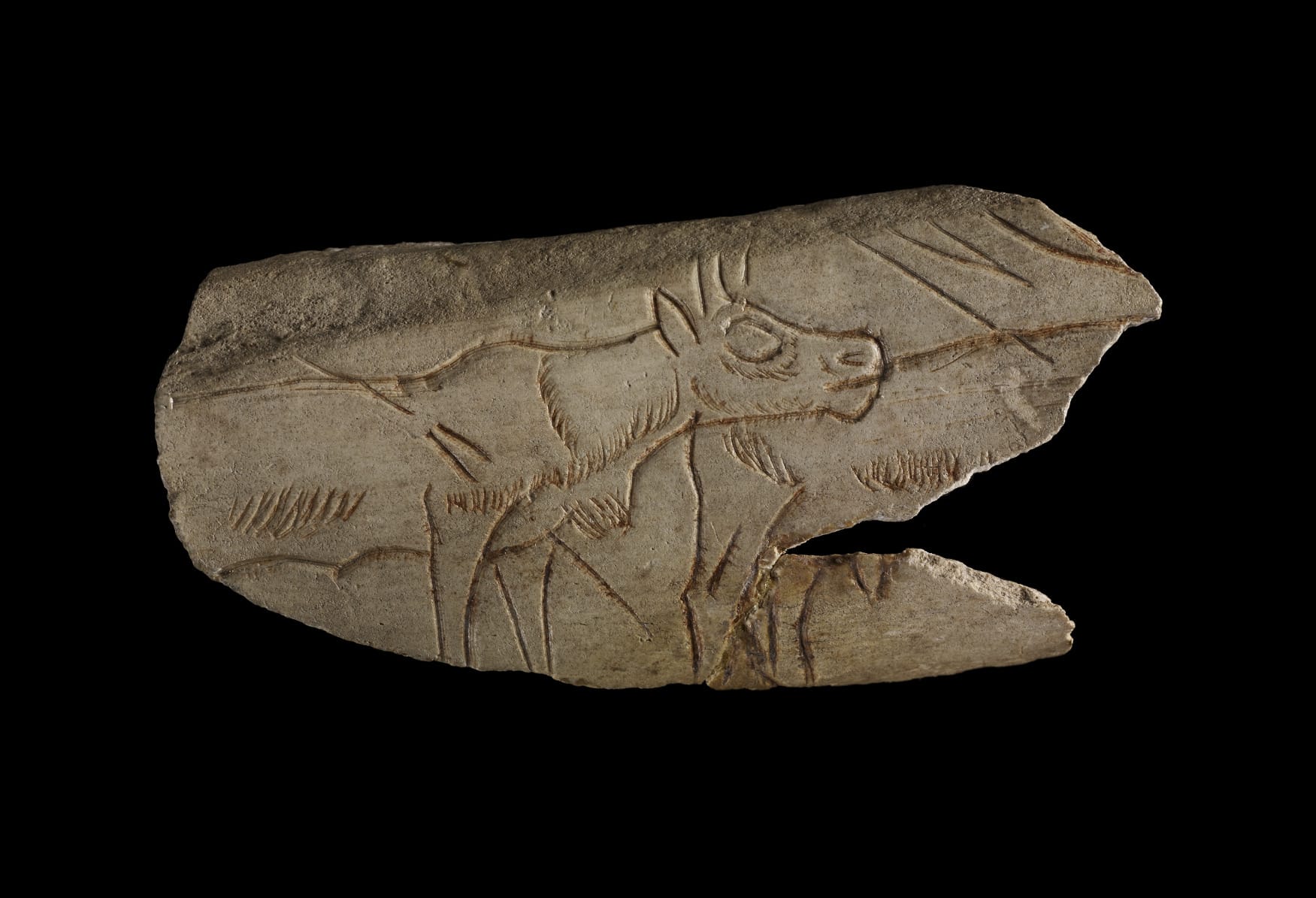
Two reindeer drawn on bone
Two reindeer, drawn with stone tools and colored with red ochre, still marked by time. A moment preserved—not in pigment, but in intent © The Trustees of the British Museum
Then, as Now, Art Wasn’t Extra—It Was Essential
As the climate warmed, our ancestors didn’t just adapt—they responded emotionally. They processed. They remembered. They made meaning out of crisis. We are living in such a moment now.
“Art contributed to people’s psychological and emotional wellbeing,” the exhibition states.
That’s not a slogan. That’s a lifeline.
In an age flooded with content, Ice Age Art Now brings something quieter—but more powerful. Human marks. Human time. Human weight. These are not simulations. They are originals. And their makers are anonymous—but not forgotten.
We don’t know who engraved those lines, but we know why they did: to speak through extinction, to be remembered beyond catastrophe. That desire is still in us. But it’s in danger of being replaced—flattened by automation, stripped of its body by code.
Among the highlights:
- A horse from Creswell Crags, drawn with exquisite care, then scratched through in grief—or ritual—or rage.
- A two-reindeer engraving still dusted with red ochre, from a bone broken thousands of years ago.
- A 13,000-year-old pendant showing a wolverine in motion, so vivid it could be mistaken for a Goya print.
- And an impossibly thin flint blade, too fragile to use, created only for the sake of beauty.
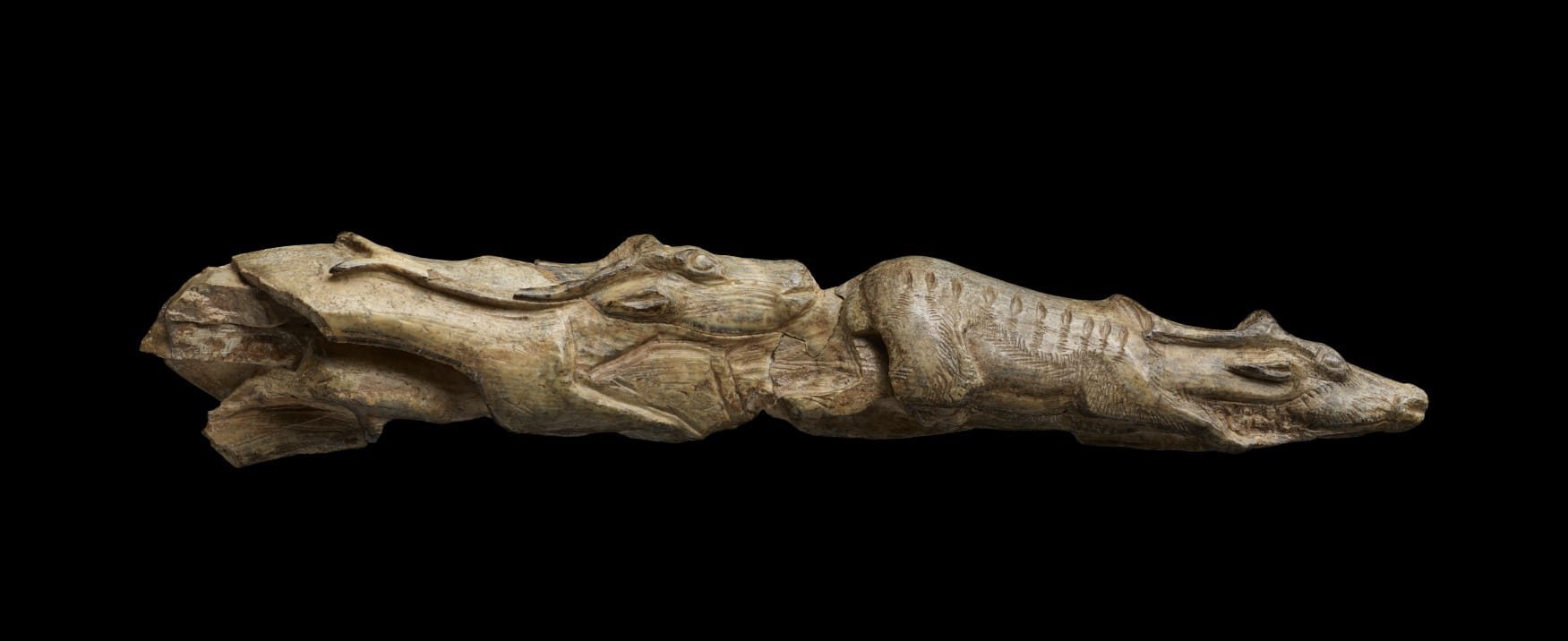
Swimming reindeer sculpture
Two reindeer, carved in tandem, crossing through high water. Not just survival—but movement, memory, and the need to keep going © The Trustees of the British Museum
This is Art That Wasn’t Prompted—It Was Lived
And there’s more: the curators have included works by Rembrandt, Matisse, and Maggi Hambling—not to compare styles, but to show continuity. To show that line, gesture, and abstraction are not inventions. They are inheritances.
“Drawing is our first means of creative expression,” says Shanaz Gulzar, Creative Director of Bradford 2025.
And this exhibition proves we’ve never stopped drawing—only forgotten what it meant.
The show stretches beyond the exhibition space. Visitors can explore a family-friendly trail across Cliffe Castle’s permanent galleries and experience an immersive recreation of a decorated Ice Age cave—not to marvel, but to remember.
Because if we only treat these works as archaeological curiosities, we’ve missed the point. These pieces are not relics. They are warnings. They tell us: we survived once before—because we created. Not because we optimized.
In an era when culture is increasingly outsourced to machines, Ice Age Art Now pulls us back to the source.
To the hand. The line. The need to be seen. The need to leave a trace.
And maybe that’s what makes this moment in Bradford so powerful. In a city known for its youth, its grit, its creative defiance—these fragile bones are returning to remind us that the future only exists if we’re willing to leave something behind.
Not just data. Not just content. But meaning.
ART Walkway News

